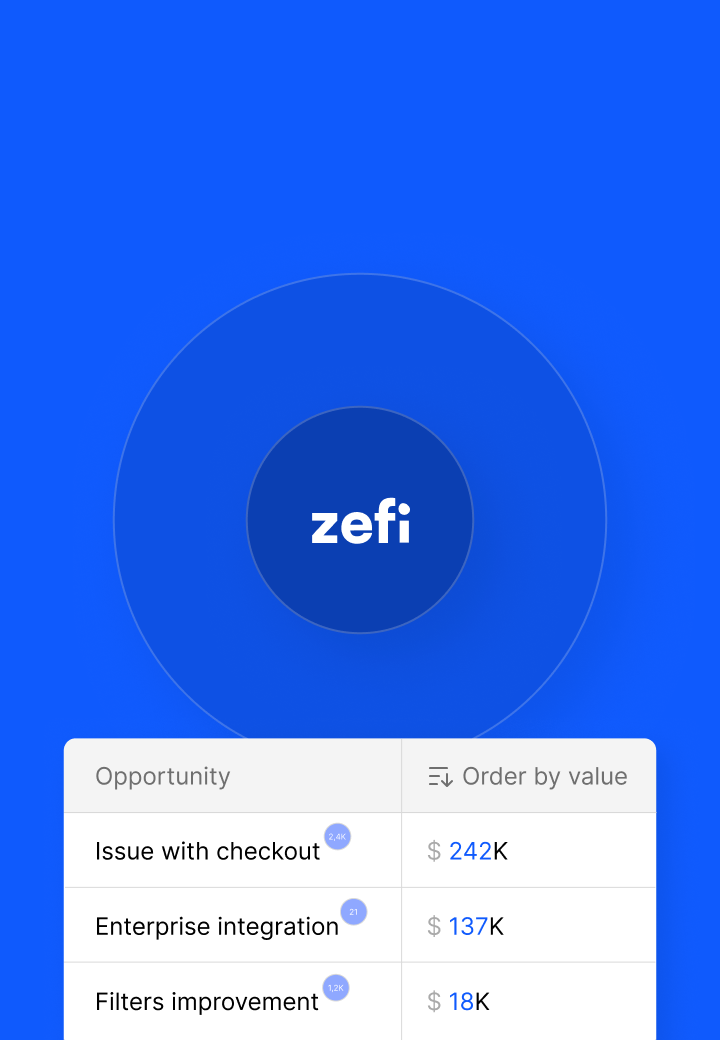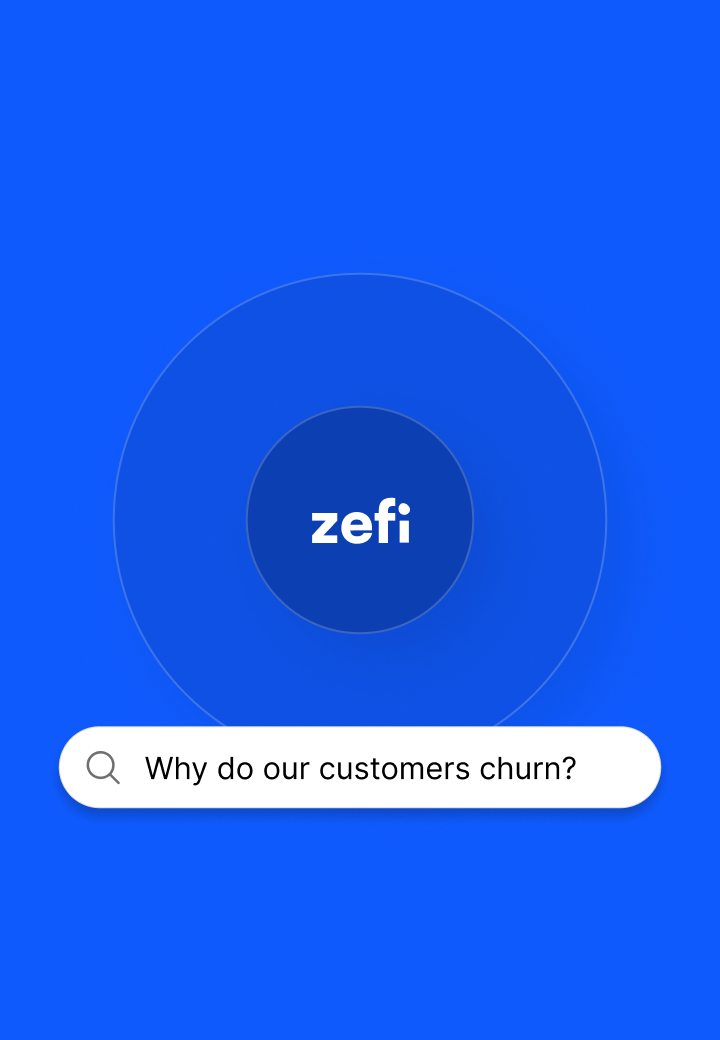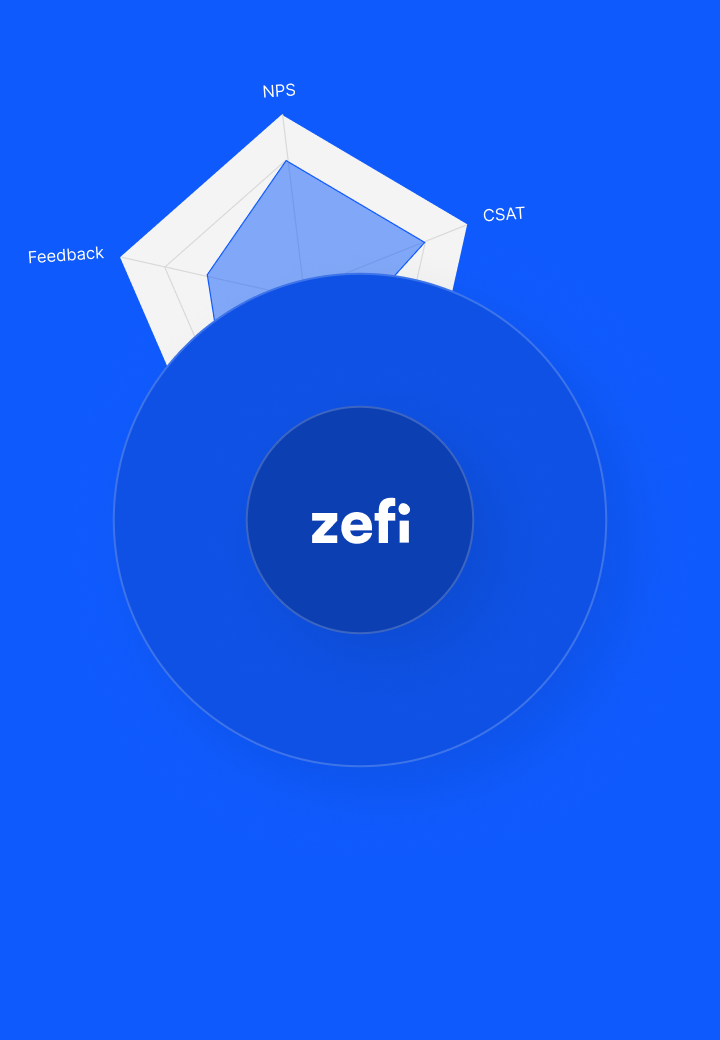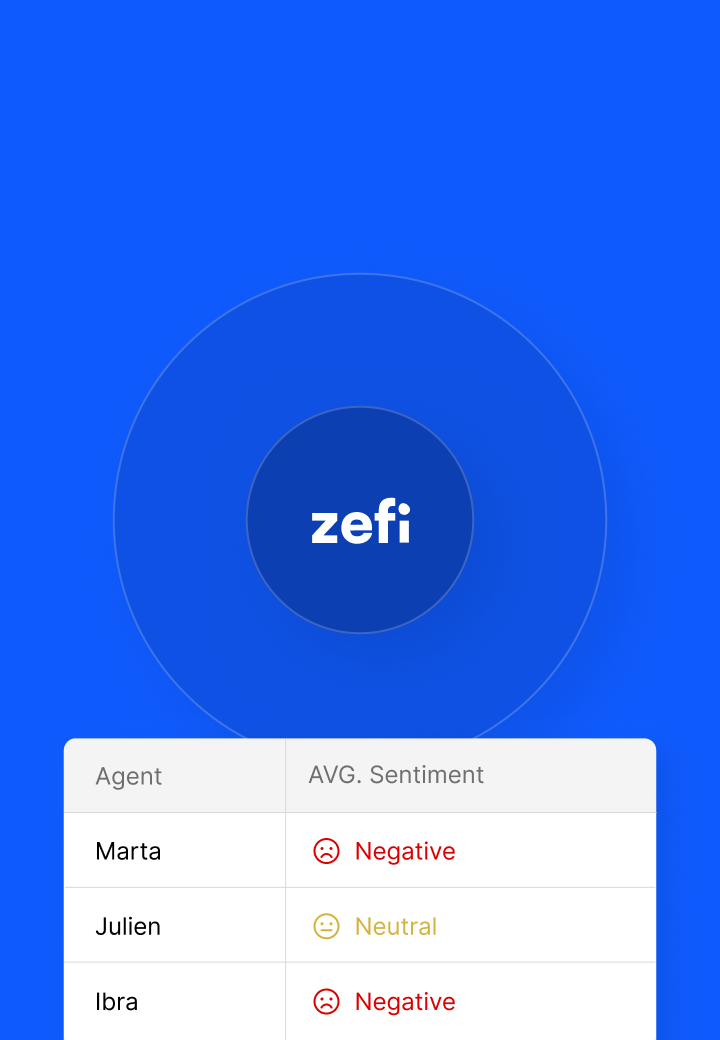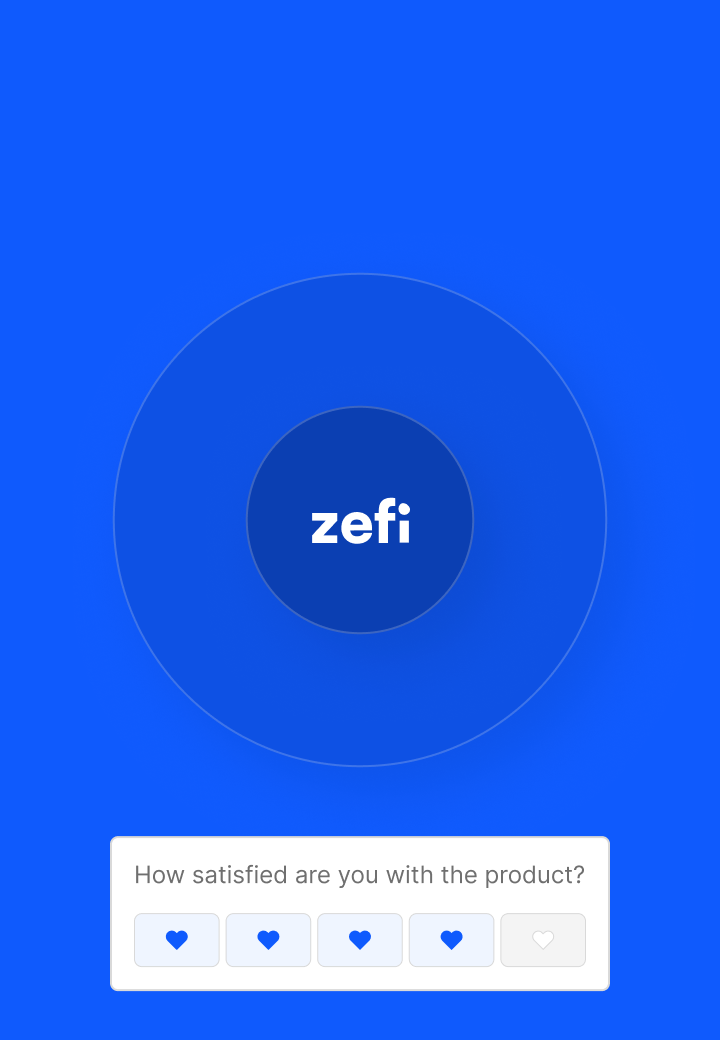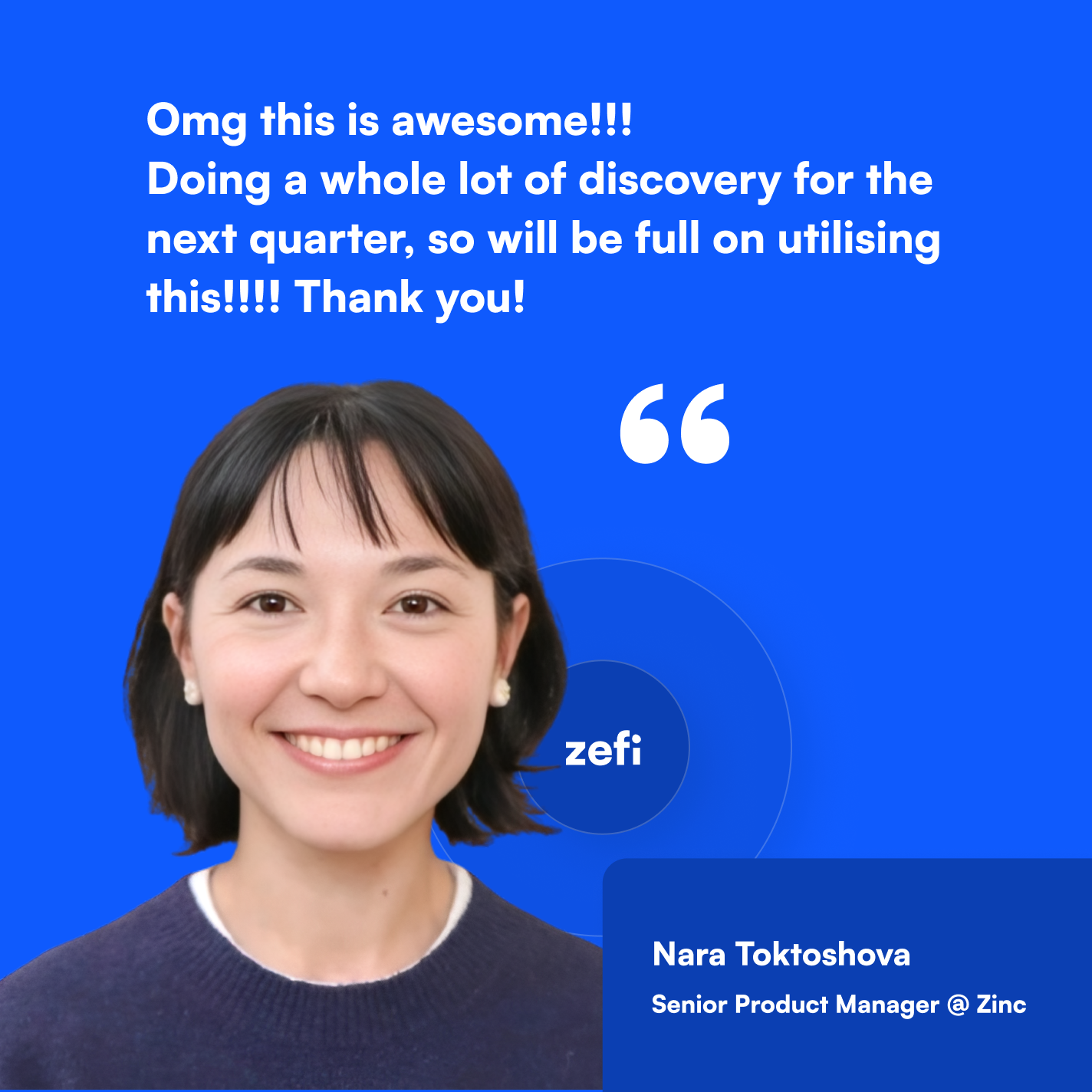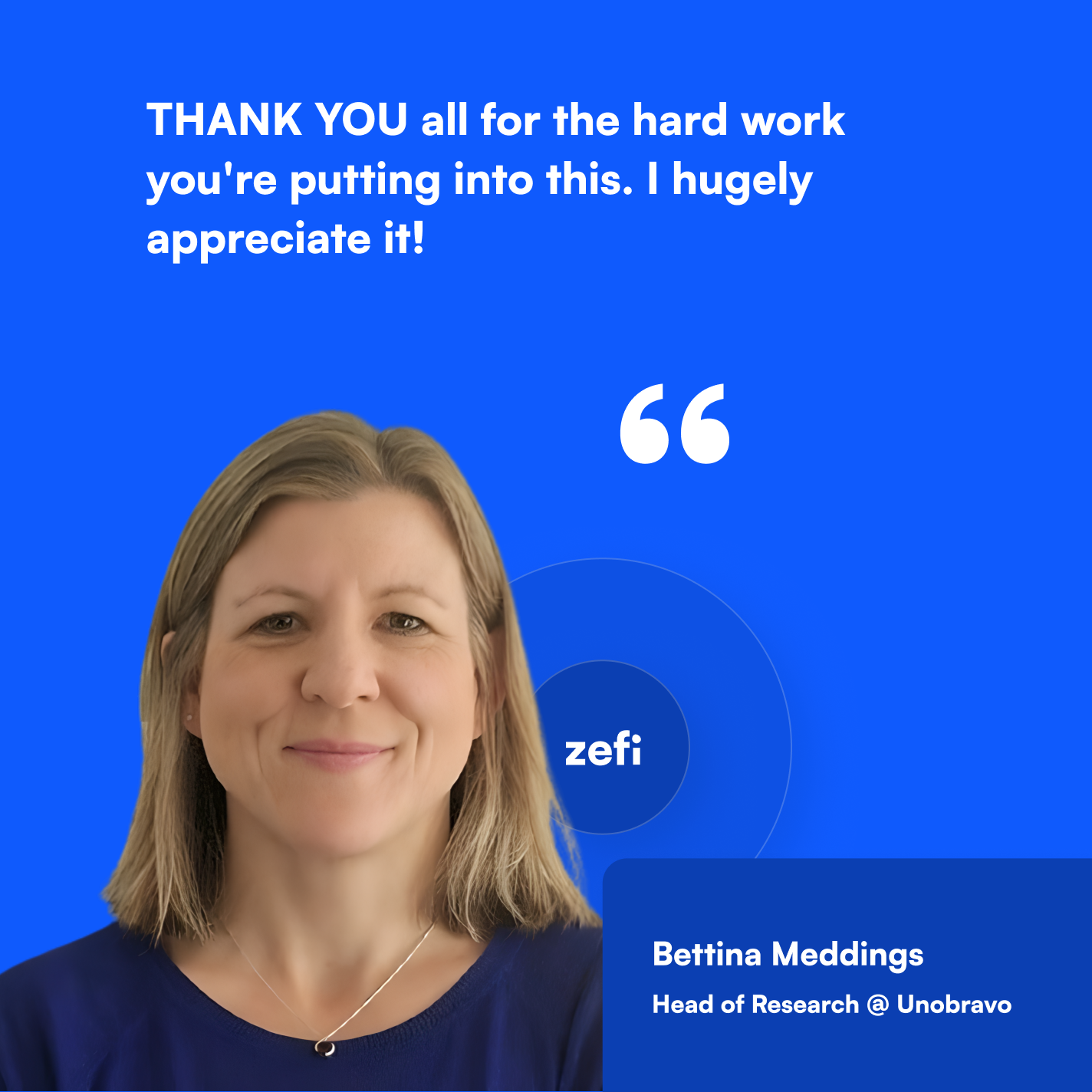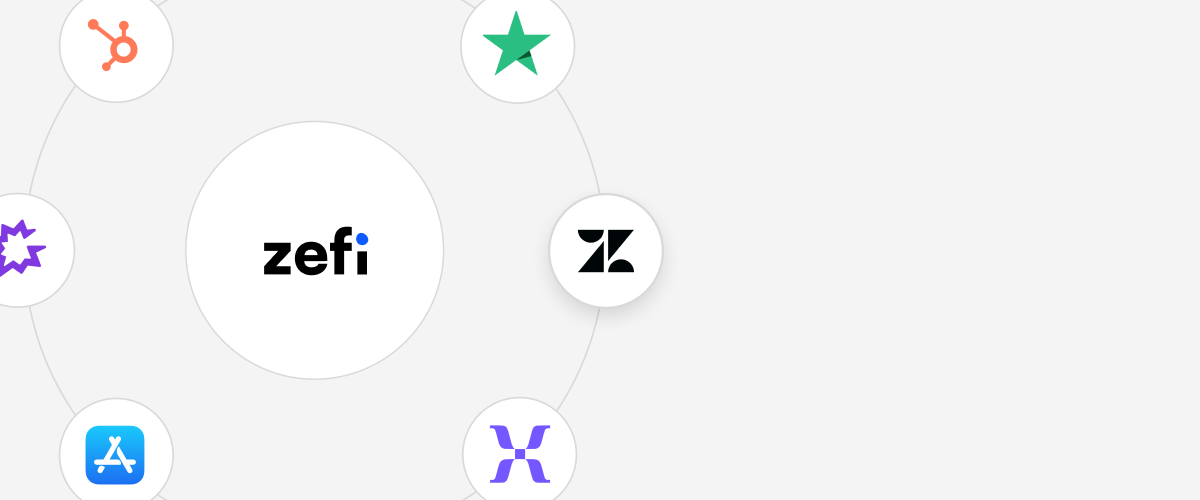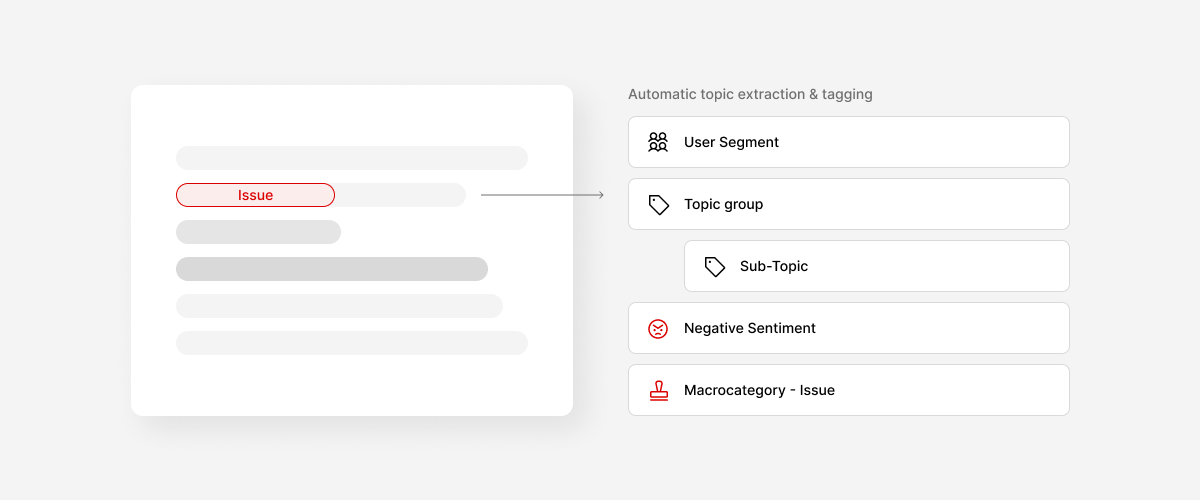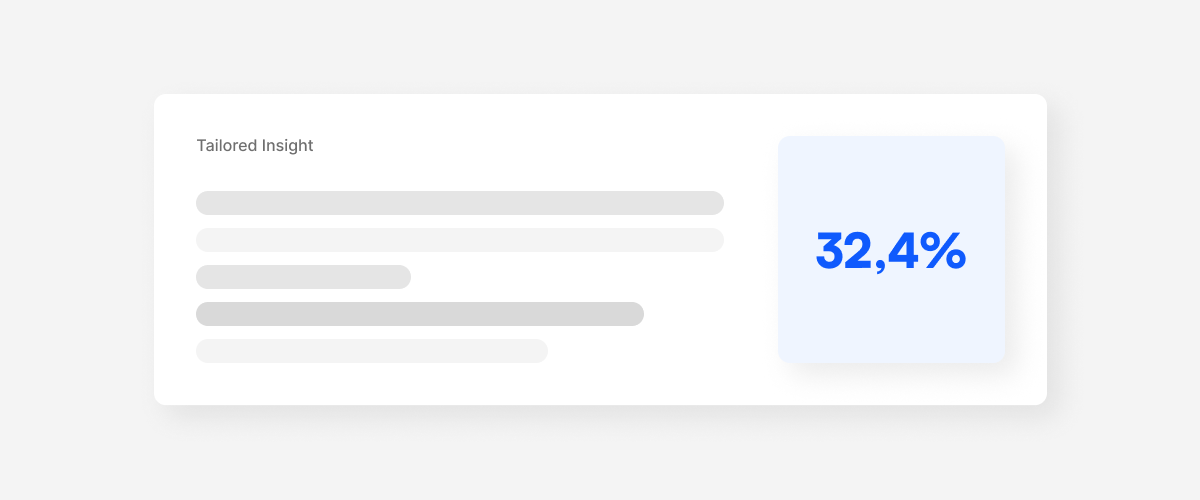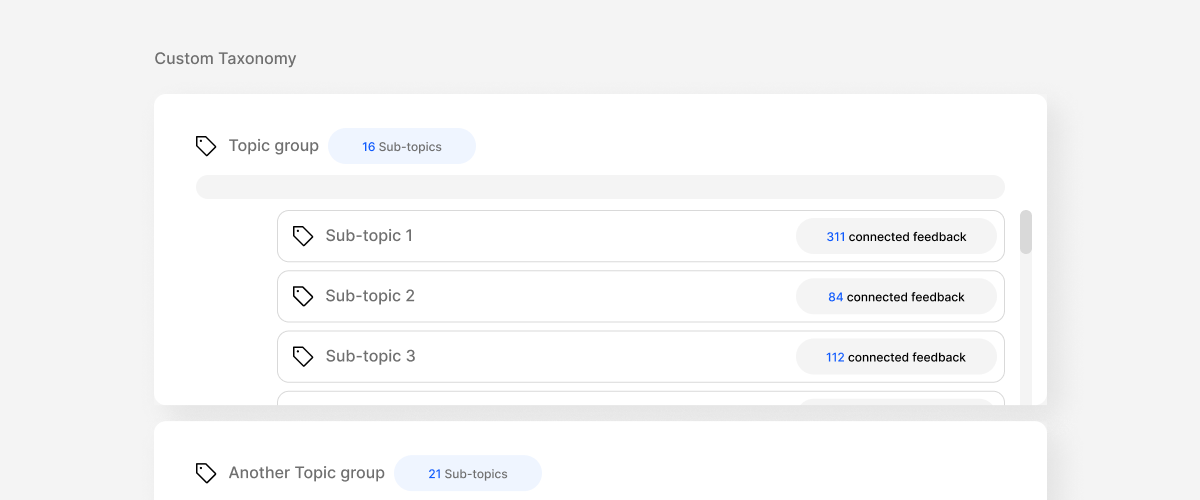A competitive edge is an unfair advantage that allows your company to build a moat and ensures that competitors won’t be able to replicate easily what you’re doing
Any successful company has a competitive advantage that positions itself in a way that other competitors can’t replicate. Many companies have these kinds of advantages, but their nature may vary.
Let‘s take X (Twitter) as an example and compare it to Threads, the Meta analogue. One of the biggest competitive advantages of X is its huge and highly loyal customer base. It took years to be created and it created a moat that is not easy to attack, not even for huge companies like Meta that can contact and connect with billions of people all over the world. People are simply used to sharing real-time information and updates on Twitter and find it pretty hard to move to a different social network.
Another kind of competitive edge could be what I call the “package effect”. Even if there are better alternatives to Microsoft Word or PowerPoint - big enterprise companies are still willing to pay for them and force all employees to use outdated software, just because they can then get Outlook, Teams and everything else included in the Microsoft Universe.
AWS built an outstanding moat by offering cloud services at a very low price, conquering the market fast and setting standards across digital industries.
Long-standing companies have significant edges acquired through a lack of competition or high initial investments. How can startups and scaleups build one in the digital world right now?
I believe the answer is simple: by leveraging advancements in Machine Learning to gather and analyze customer feedback, creating lovable products and loyal customers.
Customer-centricity is not an empty word
Customer feedback is significant. Amazon, Samsung and many other companies strive to put the customer first - and fast-growing scaleups can speed up their growth by “building something people want”.
When working as a product professional in a young scaleup you know that many processes are not in place yet. These companies are constantly facing the risk of disappearing from the market, either because they didn’t find any demand for the product they’re building or because other competitors came out and beat them. In most cases, the problem lies in the first one.
Why did Notion grow so much to almost become a standard in tech-savvy people and also cross that border leaning towards enterprise models? What did they do differently from dozens of similar tools that were being developed at the same time? The answer is simple: customer feedback. They spent an incredible amount of time talking to their first users, who then became customers, and carefully collected every single harsh review or request from their Ideal Customer Profile - ignoring the rest.
In pioneering markets, customer feedback is probably the only north star that should guide product development and refinement. Focusing on what’s important, and eliminating the noise, it’s the hard part.
Why is listening to customers so difficult?
Collecting customer feedback it’s not as straightforward as it sounds. You can’t just simply send a survey or do some user interviews and expect everything to be clear. There are tons of different ways of doing the same job, but the reality is that customer feedback comes from multiple sources, some unexpected.
Think of CS agents, for example, that are connected daily with customer’s complaints.
Think of the sales department that is often full of useful feedback and information that they don’t know how to use and often focus on useless feature requests just to close the deal.
What about those 20-30 public Slack channels in your company? What about all the reviews you receive that nobody ever reads? Do you have time to go through all those user interview transcripts?
What’s vital is extracting useful information from any kind of customer interaction. This job usually demands considerable effort, time and precision. And, as we’ve seen, the primary challenge is not its acquisition: feedback is everywhere. However, it’s often shared in multiple different forms and extracting meaningful insights it’s hard.
Each piece of information, every single data point has a unique tone of voice, depending on the source, the user, and the time.
How can one navigate this amount of information simply?

There’s a huge potential out there. Dozens of customer insights that can simplify your job tenfold. The issue is that you need a significant amount of effort to extract the information you need.
As the company expands, growth gets delegated and the founding/product team loses its direct contact with its client. Different internal stakeholders give different directions and the product teams sink into an ocean of priorities.
Without effective tools, making sense of customer feedback it’s impossible.
Feedback, sources and LLMs
So how do you approach this insurmountable problem? How can you use information about customer experience that’s shattered across different sources to build your competitive edge?
I believe there are three key points:
- First, identify where your feedback comes from.
- Second, put it all together in the same place.
- Third, leverage LLMs and Machine Learning techniques to distil multiple data points into coherent trends.
With a little effort, you can spotlight emerging issues previously hidden, present and share insights across companies, and align your stakeholders on the real priorities.
The Future of the Voice of Customers
That’s what we’re building here at Zefi.
Our mission is to enable companies to immediately understand what’s the next thing that has to be built for your customers. We want to allow Product Teams to ask the right questions, the “why”, and then we provide them with the right answers.
We’re bridging the gap between AI and its implementation. We’re building models to analyze - and not just summarize - data points for different silos such as customer support tickets, sales call transcripts, reviews, user interviews and virtually any text-based data source.
Let’s take a real example and say you’ve launched a new smartphone and collected one thousand reviews.

That’s a simple summary that gives you an idea of the general mentions but nothing on deeper understanding. Zefi can extract recurring themes and provide specificity to the reviews.

That’s how you get a sense of the overall sentiment but become also aware of detailed and specific feedback that can push your product development in the right direction.
Start building a competitive edge, now!
Building a competitive edge in today's fast-paced digital world is a strategic imperative for startups and scaleups. Leveraging advancements in Machine Learning to gather and analyze customer feedback can be a game-changer in this pursuit. Customer-centricity is not just a buzzword; it's a potent strategy that successful companies like Amazon, Samsung, and Notion have employed to their advantage.
However, collecting and extracting useful information from various sources of customer feedback can be a challenging task. It's not just about acquiring data but also about making sense of it. This is where Zefi comes into play. We bridge the gap between AI and its practical implementation, enabling companies to gain deep insights from customer feedback.
By identifying the sources of feedback, consolidating data in one place, and leveraging Language Model Machines (LLMs) and Machine Learning techniques, Zefi can distil multiple data points into coherent trends, spot emerging issues, and provide specificity to the reviews.
So, if you're ready to start building a competitive edge, consider joining the waiting list for Zefi. Our mission is to help companies understand what's next for their customers and provide the right answers. By focusing on customer feedback, you can differentiate yourself and stay ahead in the ever-evolving digital landscape.
Ready to try Zefi out? Join the waiting list!





